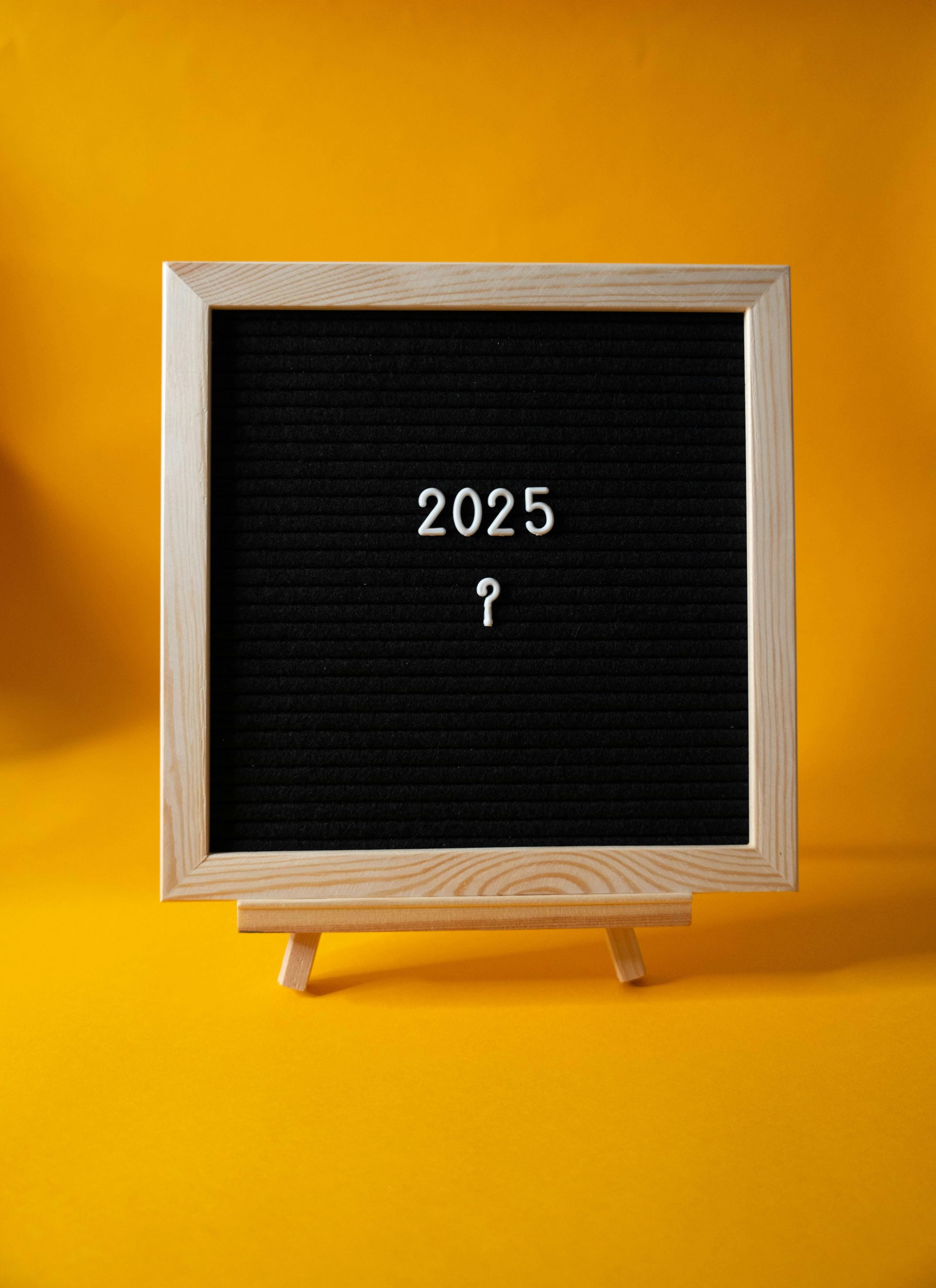The world of robotics is evolving at an unprecedented pace, and 2025 promises to be a landmark year for automation. From AI-powered robots to collaborative automation in workplaces, the advancements are set to revolutionize industries, healthcare, and even our daily lives. As businesses and consumers alike prepare for this transformative era, understanding the top robotics trends is crucial. Here are the top 10 upcoming robotics trends to watch in 2025.
1. AI-Driven Autonomous Robots
Artificial intelligence (AI) is the backbone of modern robotics, and in 2025, we’ll see even smarter autonomous robots. These robots will leverage advanced machine learning algorithms to make real-time decisions, adapt to dynamic environments, and perform complex tasks without human intervention. Industries like logistics, agriculture, and manufacturing will benefit from robots that can self-optimize workflows.
Key Developments:
- Enhanced computer vision for object recognition and navigation.
- Natural language processing (NLP) for seamless human-robot interaction.
- Predictive maintenance to reduce downtime in industrial settings.
2. Collaborative Robots (Cobots) in the Workforce
Collaborative robots, or cobots, are designed to work alongside humans, enhancing productivity and safety. In 2025, cobots will become more affordable and versatile, making them accessible to small and medium-sized enterprises (SMEs). These robots will handle repetitive tasks, allowing human workers to focus on creative and strategic roles.
Industries Leading the Adoption:
- Healthcare: Cobots assisting in surgeries and patient care.
- Retail: Robots managing inventory and customer service.
- Construction: Cobots aiding in heavy lifting and precision tasks.
3. Robotics in Healthcare: Surgical and Assistive Innovations
The healthcare sector will witness groundbreaking robotic advancements in 2025. Surgical robots will become more precise, reducing recovery times and improving patient outcomes. Meanwhile, assistive robots will support elderly care and rehabilitation, addressing labor shortages in the industry.
Notable Trends:
- Micro-robots for minimally invasive surgeries.
- AI-powered diagnostic robots for early disease detection.
- Exoskeletons for mobility assistance in physical therapy.
4. Swarm Robotics for Large-Scale Automation
Inspired by nature, swarm robotics involves multiple robots working together to achieve a common goal. By 2025, this technology will be widely used in agriculture, disaster response, and environmental monitoring. Swarm robots can cover vast areas efficiently, making them ideal for tasks like crop monitoring or search-and-rescue missions.
Applications to Watch:
- Precision farming: Drones and ground robots optimizing crop yields.
- Disaster recovery: Robot swarms locating survivors in hazardous zones.
- Warehouse automation: Swarm systems streamlining inventory management.
5. Personal and Domestic Robotics
Robots are no longer confined to industrial settings—2025 will see a surge in personal and domestic robotics. From robotic vacuum cleaners to AI-powered companions, these devices will become integral to smart homes. Advances in affordability and AI will drive widespread adoption.
Popular Use Cases:
- Autonomous lawn mowers and pool cleaners.
- Robotic chefs and kitchen assistants.
- Companion robots for elderly and childcare support.
Conclusion
The robotics landscape in 2025 will be defined by smarter, more collaborative, and highly adaptable machines. From AI-driven autonomy to swarm robotics and healthcare innovations, these trends will reshape industries and improve quality of life. Businesses and individuals who stay ahead of these developments will unlock new opportunities in efficiency, safety, and innovation. The future of automation is here—and it’s more exciting than ever.
